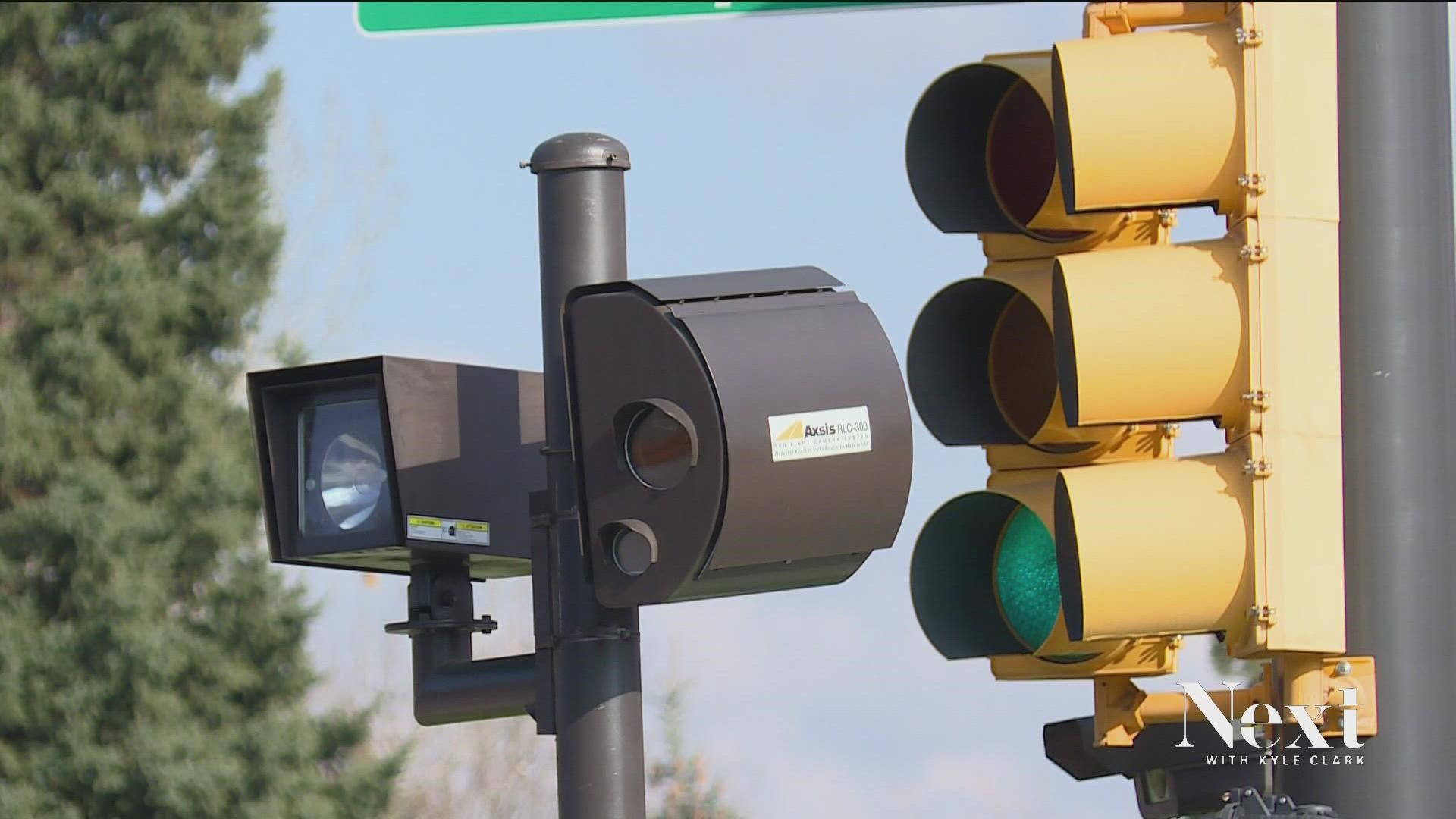COLORADO, USA — Are streets safer with more or less interaction with law enforcement on the roads?
State legislation being considered for next year would change the restrictions on Colorado's laws around photo radar enforcement.
Currently, state law limits the areas where photo radar vans can be parked and requires that they be monitored by someone in person.
"Ultimately, the best way to reinforce safe speeds is through street design," Jill Locantore, Executive Director of Denver Streets Partnership, said. "Automated enforcement is something we can do right away to save lives and make our streets safer, while also minimizing unnecessary interactions between community members and police officers."
The Transportation Legislation Review Committee discussed photo radar changes as a potential bill for next year's legislative session.
Right now, photo radar vans can only be placed in four specific areas:
- School zones
- Near parks
- Construction zones
- Residential neighborhoods
"It severely restricts where and how local governments can use speed cameras, which hampers their ability to truly use them in a way that would improve safety," Locantore said. "We've come to understand that the vast majority of the traffic fatalities are actually happening on our major arterials, streets like Colfax Avenue and Federal Boulevard, where currently, use of speed cameras is prohibited by state law."
"We've had significant traffic safety issues between pedestrians and bicyclists on Colfax Avenue. We've had vehicles crash into buildings, and so we are obviously concerned about traffic safety everywhere in the city, but Colfax Avenue would be a good example," Aurora Mayor Mike Coffman said.
In July, Aurora city council approved Coffman's push for a photo radar pilot program.
Aurora Police will deploy three photo radar vans for a one-year pilot program. The revenue from the tickets will go to pay for the pilot program and any extra money will pay for traffic calming measures on the roads where the tickets are issued.
Four years ago, Aurora voters rejected red light cameras, telling the city in a two-to-one vote, to get rid of Big Brother at intersections.
This photo radar pilot program was decided by city council, not voters.
"If we were going to do a photo red light program at intersections, there's no question about it, there would be a similar or identical to the last one that that ought to go to a vote of the people. This is fundamentally different," Coffman said.
"I feel like this is just an extension of that same type of technology and this is not something that we should be deciding as a council, but if we want to bring it back, go to voters again," Dustin Zvonek, Aurora City Councilman, said.
Zvonek, who is normally on the same side of an issue as Coffman, voted against the photo radar pilot program, along with councilman Curtis Gardner.
"I think there's a better way, and that better way would be to be equip more of our patrol cars, more of our police cars, with mobile radars that allow them to pull people over. I think that people seeing police officers pulling over people who are speeding is going to be a bigger deterrent than having these mobile vans that are around and giving people tickets," Zvonek said. "If you're going to give somebody a legal citation, I think that it should be a sworn officer. It shouldn't be a box that's ticketing you."
"We've heard loud and clear from the community that they want to minimize unnecessary interactions with police officers," Locantore said. "This is a great way that we can be improving the safety of our streets while not relying on police, individual officers, as the primary way of doing that."
The legislation being considered for next year would also allow photo radar to be placed as unmanned boxes, similar to red light cameras. Currently, someone must monitor the usage of the photo radar system.
Under current law, the ticket is mailed to the vehicle's registered owner, but the ticket is the responsibility of the person driving. If the car's owner was not driving and is not the person pictured in the ticket, they can alert law enforcement and no one would pay the ticket.
This legislation being considered for next year would issue the ticket to the vehicle's owner, regardless of who was driving, similar to a parking ticket.
Photo radar can only be used to issue tickets for 11 miles per hour or more over the speed limit. Even if you are flashed by a photo radar van going 39 miles per hour in a 30, you should not receive a ticket.
Under the legislation, the first year of a photo radar system would be for drivers speeding 11 miles per hour or faster. After the second year, tickets could be issued for drivers going six miles per hour or faster than the speed limit.
SUGGESTED VIDEOS:

